
|
|
|
|
|
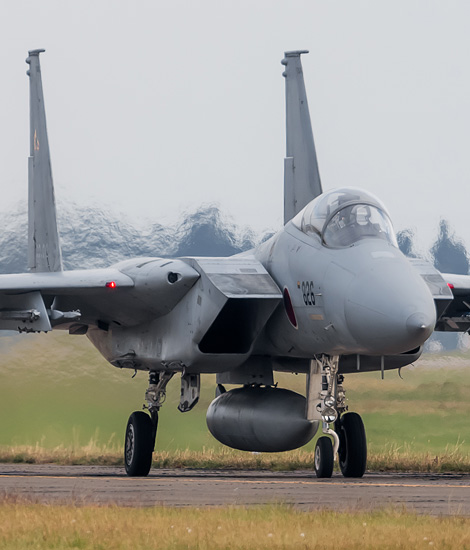
|
The F-15J Eagle Pilot School; Nyatubaru, November 7, 2019
Eagles for the Air Defense, part 4; Text and Photograph's by Alex van Noye
The training of fighter pilots is an important task in every country, because it provides the basis for a successful defense of the national airspace. The 23 Hikotai is responsible for this important training and education task. With the Mitsubishi F-15J/DJ Eagle, the unit has a very powerful aircraft for this mission.
Today, the 23 Hikotai is the most important training unit for all fighter pilots in Japan. The unit is based at Nyatubaru and is responsible for the training of pilots to become a fighter pilot on all types that are active in Japan. The history of the 23 Hikotai begins in the 60s with the history of the 202 Hikotai, which is the predecessor of the current training squadron of the Japan Air Self Defense Force (JASDF). The 202 Hikotai was established on March 31, 1964 at Nyatubaru Air Base on the southern island of the Japanese mainland. The unit was equipped with the then ultra-modern Lockheed F-104J Starfighter. At that time, the Starfighter was the most important interceptor of the JASDF. This type was particularly suitable for rapidly intervening at great heights against enemy bombers. The Starfighter was therefore a classic interception fighter. Unlike the F-86F Sabre units, the Starfighter squadrons often remained based on an air base for very long periods. The 202 Hikotai has never changed its airbase in its existence and was therefore always based at Nyatubaru. When it became known that the F-15J/DJ Eagle would be the successor of the F-104J/DJ Starfighter, it became known at a fairly early stage that the 202 Hikotai would be the first unit to take this step to the F-15 Eagle. It was a tradition that was continued, because the unit was also the first operational Starfighter unit in the past. The unit was therefore involved in pilot training from the very beginning of its existence.
The 202 Hikotai would become the first training unit in Japan for the training of F-15 pilots. In Japan, a pilot flying the F-15J/DJ is referred to as an "Eagle Driver". This term has been taken from America where the pilots of the F-15 Eagle bear the same name. In December 1981, the first expeditionary F-15 squadron was established to prepare the first batch of Japanese F-15 pilots for a career as an Eagle Driver. From December 20, 1982, this unit has its own F-15s for the training task for the first time. This expeditionary unit is soon appointed as an operational unit with the aim of training the
|
|
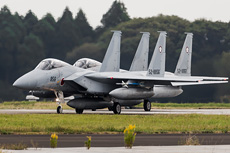
|
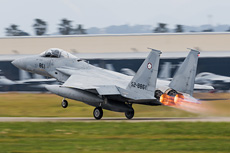
|
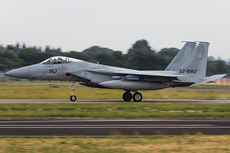
|
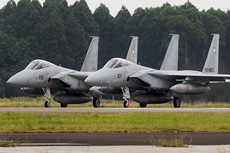
|
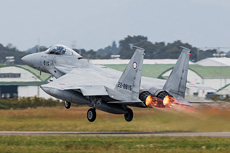
|
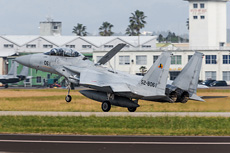
|
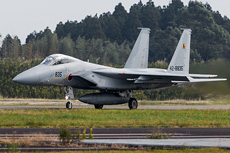
|
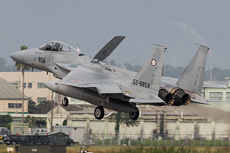
|
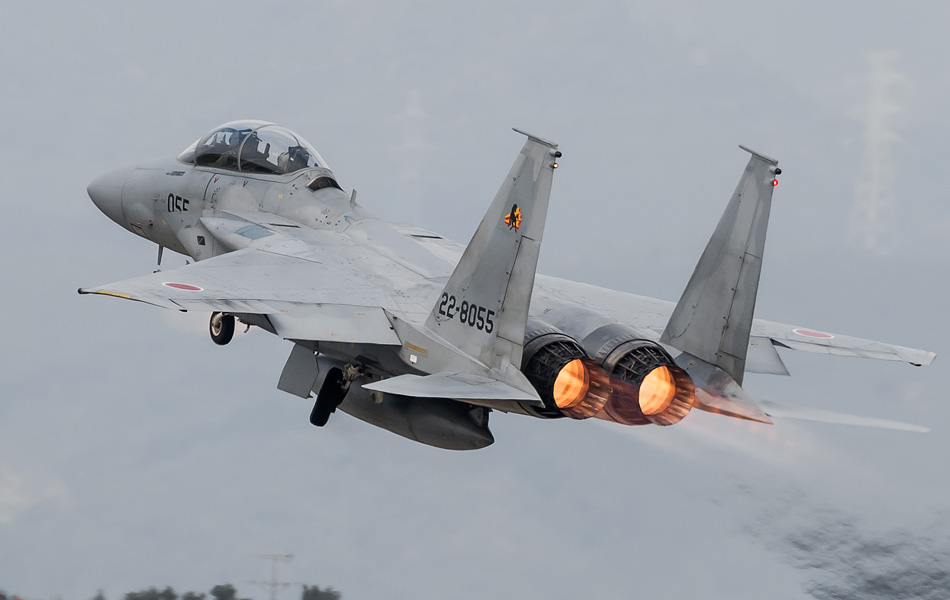
|
F-15 pilots for all other F-15 squadrons in Japan. The unit was initially referred to as the Mother Squadron (Haha Kantai), because the unit is the start of the F-15 carrier type and the pilots that will fly this machine. The first tasks to be assigned were the model conversion for pilots who had completed all previous stages of the training at the beginning of 1984. In July 1984, the training of the interception task was added to the unit. The Haha Kantai squadron would go from here as the 202 Hikotai and it was based on Nyatubaru Air Base. The unit mainly received the F-15DJ two-seat version of the F-15 Eagle at this airbase. These aircraft were therefore purely and solely for the training task at the JASDF. Not only pilots would be trained on the F-15 Eagle, maintenance personnel would also receive conversion training at this unit. This addition made the 202 Hikotai an overall complete training unit for everything that has to do with the F-15.
The 202 Hikotai would wear the usual "V" from the F-104J Starfighter era in the squadron emblem. The V symbolized the Fifth Wing (5 Kokudan) of the JASDF of which the unit was a part. The 202 Hikotai, as a former Starfighter unit, has adopted this tradition in the F-15 Eagle era. The Eagles were provided with the red-yellow V on the tail, just like the Starfighter at the time. However, this was of short duration, because in the Saitobaru burial mounds in the city of Saitobaru an image of clay was found of an ancient Japanese warrior. This discovery in its own region near Nyatubaru ensured that the F-15 got this image on the tail. The clay warrior was depicted in yellow on the tail of the 202 Hikotai F-15s, giving the unit a unique identity from now on. The 202 Hikotai would perform the combination of an operational interception squadron and that of a conversion squadron for more than 18 years. At the beginning of 2000 the situation surrounding the training of the F-15 pilots would change drastically. The Fuji T-1 and Mitsubishi T-2 were phased out in the initial training course. The pilots who were going to follow the training could not be trained on the new Mitsubishi F-2, because that aircraft is a totally different type than the T-2. The T-4 is not suitable for completing the full training for fighter pilots. JASDF was forced to create a unit on the F-15 that would not only perform the type conversion, but also an important part of the training for fighter pilots. The 202 Hikotai was disbanded on October 3, 2000, to make way for a new training unit.
In the new organization the 23 Hikotai would emerge at that time, which would become a specific part of the Japanese pilot training. The 23 Hikotai would take the place of the 202 Hikotai and received all the material that had become available from this unit. The fighter pilots would now first complete the training at Hamamatsu on the Kawasaki T-4. After completing the training there, the young pilots would receive the full fighter pilot training on the F-15 at 23 Hikotai at Nyatubaru. In the new emblem of the 23 Hikotai, the red-yellow markings came in the form of arrows that symbolize the word "two three". The clay warrior was replaced by the black Japanese Misaki horse. This horse species is an endangered species and occurs in the south of Miyazaki province. The new 23 Hikotai had to train all fighter pilots for the interception role at the Japanese JASDF. Due to the phasing out of the T-2, pilots would also be trained at the 23 Hikotai who would later fly on the Phantom II on Hyakuri. It was decided not to make a separate training unit for this, because the Phantom was also expected to be quickly replaced by a newer type. The pilots who would go to the Mitsubishi F-2 after their training would complete the training for fighter pilots at the 23 Hikotai and would later go to the conversion training at Matsushima. It is quite special that a training unit operates with a modern type such as the F-15 for the overall air force training. The unit still completes this task today with its head held high.
|
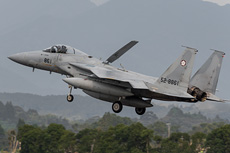
|
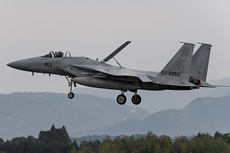
|
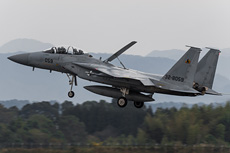
|
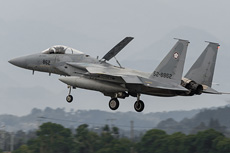
|
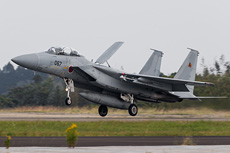
|
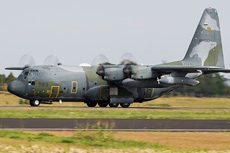
|
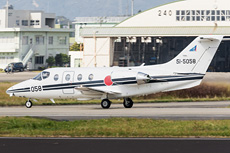
|
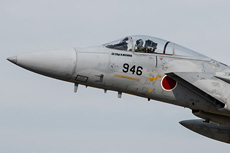
|
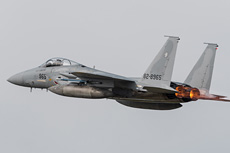
|
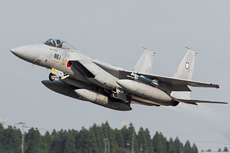
|
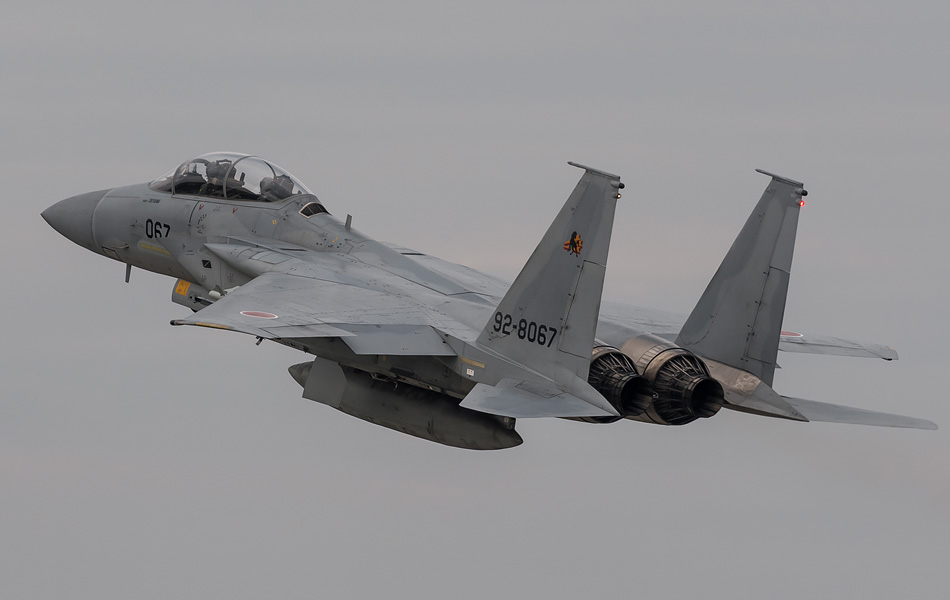
|
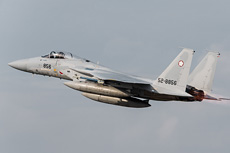
|
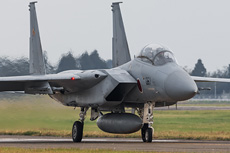
|
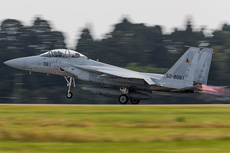
|
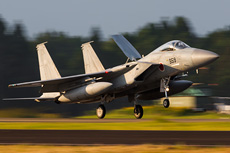
|
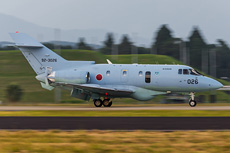
|

|
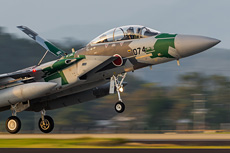
|
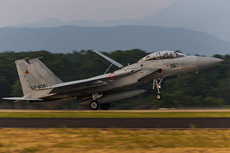
|
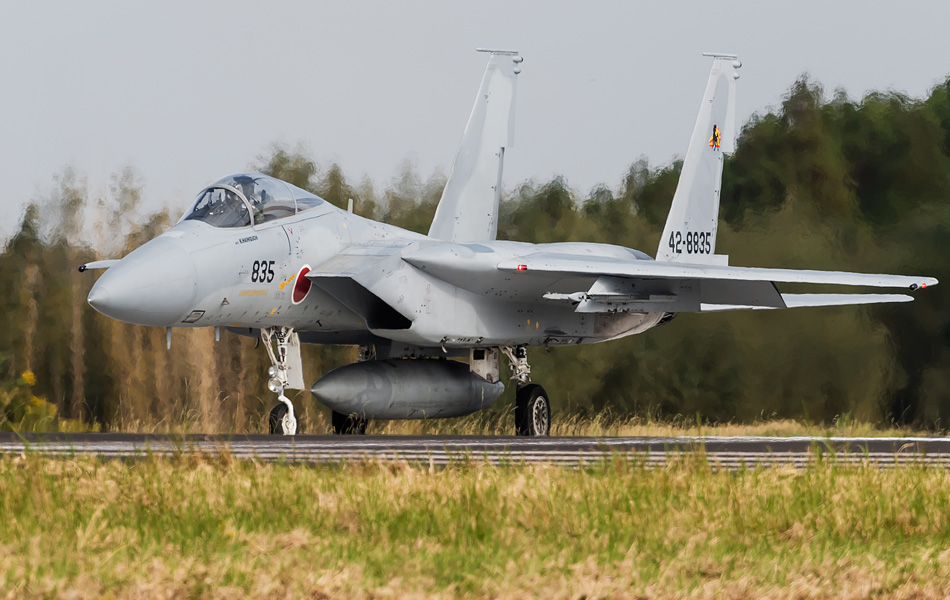
|
|
|

|







